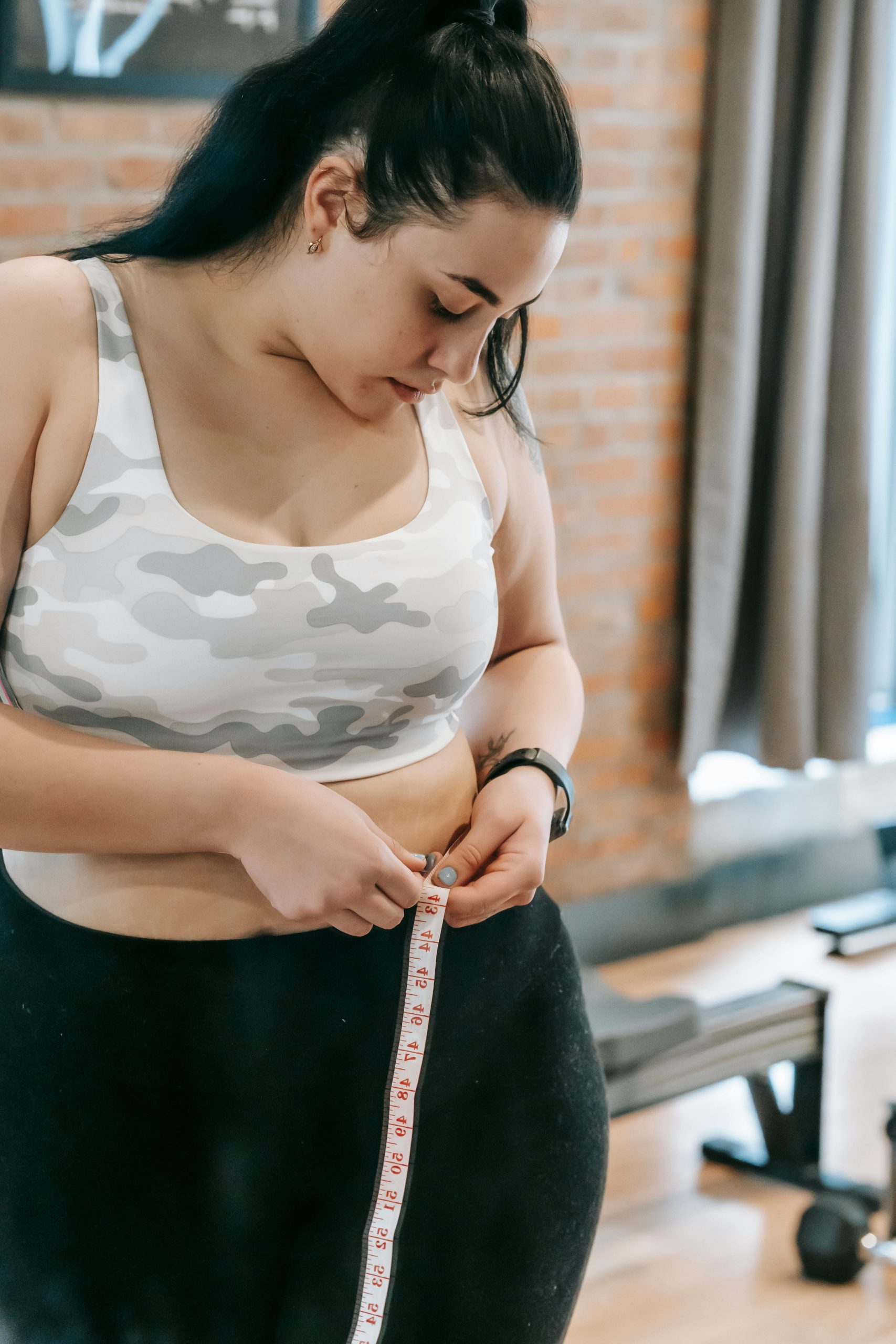Intro:
Intermittent fasting (IF) has become one of the most popular (and effective) methods for losing weight, improving energy, and even supporting longevity — and the best part? It’s simple, flexible, and doesn’t require giving up entire food groups.
If you’re new to intermittent fasting, this beginner’s guide will explain exactly how it works, how to start safely, and what results to expect.
What Is Intermittent Fasting?
Intermittent fasting is an eating pattern — not a diet. It alternates between periods of eating and fasting. Instead of focusing on what you eat, it’s about when you eat.
You already fast every night while you sleep — intermittent fasting just extends that period a bit longer.
Top Benefits of Intermittent Fasting
- Weight loss without calorie counting
- Better insulin sensitivity and blood sugar control
- Improved focus and energy (especially in the morning)
- Fewer cravings and snacking
- Supports cellular repair and longevity (autophagy)
Popular Intermittent Fasting Schedules
16:8 Method (Most Popular)
Fast for 16 hours, eat during an 8-hour window.
Example: Eat from 12:00–8:00 PM, fast the rest.
14:10 Method
Easier for beginners — eat during a 10-hour window.
Example: Eat from 10:00 AM–8:00 PM.
5:2 Diet
Eat normally 5 days/week. On 2 non-consecutive days, eat around 500–600 calories.
OMAD (One Meal A Day)
Eat one large, balanced meal per day. Best for advanced users.
How to Start Intermittent Fasting (Step by Step)
1. Choose Your Fasting Window
Start with 14:10 if you’re new. Once comfortable, shift to 16:8.
2. Stay Hydrated
Drink water, black coffee, or herbal tea during the fasting window.
3. Break Your Fast Gently
Start with a meal rich in protein, fiber, and healthy fats. Avoid heavy sugar or refined carbs.
4. Keep Busy During Fasting
Hunger often comes from boredom. Use the time to work, walk, or hydrate.
5. Be Consistent
Give your body at least 2 weeks to adapt. The first few days might be tough — that’s normal.
What to Eat During the Eating Window
Focus on nutrient-dense meals:
- Lean proteins (chicken, tofu, eggs)
- Vegetables and leafy greens
- Healthy fats (avocado, nuts, olive oil)
- Whole grains and legumes
- Plenty of water and herbal teas
Avoid:
- Sugary snacks
- Processed carbs
- Overeating (just because the window is open)
Common Intermittent Fasting Mistakes (And How to Avoid Them)
- Overeating during eating window → Keep portions balanced
- Too much caffeine → Stick to 1–2 cups of black coffee
- Too little water → Aim for 2–3 liters daily
- Giving up too soon → It takes time to adjust
- Unhealthy food choices → IF is not a license to eat junk
Who Should Not Try Intermittent Fasting
- Pregnant or breastfeeding women
- People with a history of eating disorders
- Those with certain medical conditions (talk to your doctor)
- Children or teens still growing
FAQ: Intermittent Fasting for Beginners
❓ Can I drink coffee while fasting?
Yes — black coffee, tea, and water are fine. No milk, sugar, or cream.
❓ Will I lose weight with intermittent fasting?
Most people do, especially when combining IF with healthy food choices and light activity.
❓ How long until I see results?
Some feel better after just a few days. Visible weight loss often shows after 2–4 weeks.
❓ Can I work out while fasting?
Yes! Light workouts like walking or stretching are great. Some even prefer fasted workouts.
Helpful Resources (Internal Links):
- Weight Loss Meal Plan – 7 Days
- How to Lose Weight Fast – Step-by-Step Guide
- Best Morning Routines for Fat Loss
Conclusion: Start Fasting, Simply
Intermittent fasting isn’t a magic pill — but it’s one of the most beginner-friendly, sustainable ways to support weight loss and better health. With a little planning and consistency, you can use IF to feel better, reduce cravings, and create a routine that works with your life — not against it.

Leave a Reply